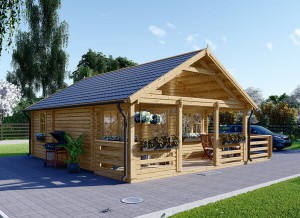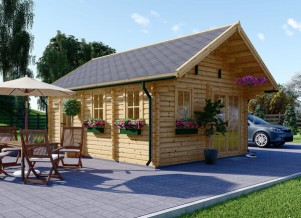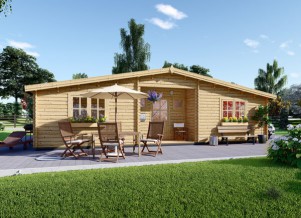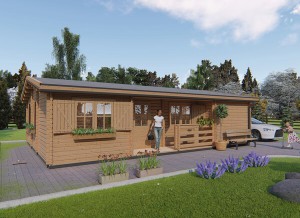If you have never heard of biodynamic gardening, you are not alone! This method of growing plants originated out of France and hasn’t gone back since. In fact, it is also called French Intensive gardening. Around the world today farmers, lay people, and the Earth alike are enjoying the benefits.
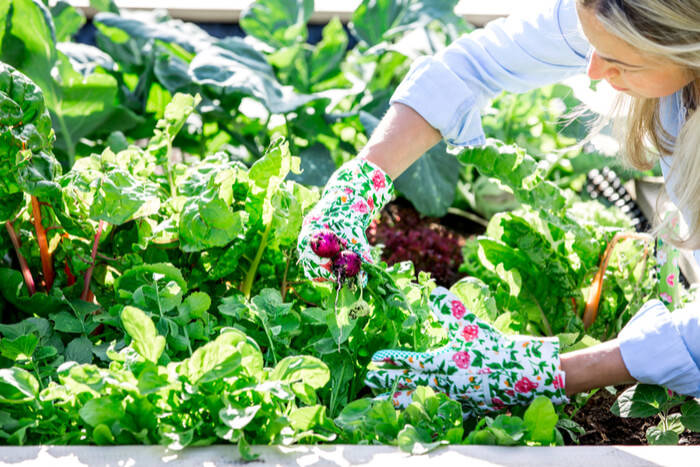
So, what is this ethical kind of gardening? What do you need to do it? What are the benefits? Is there anything that should hold you back? In this introductory article, we will explore these questions and more.
What is it?
We already know this type of gardening is holist, ethical, and ecological. But what is it, exactly? Bio gardening is very similar to organic gardening, but it draws on esoteric ideas. Basically, it’s all about getting spiritually involved with the lives of your plants and even livestock.
This type of greenery growing takes nature and its natural cycles into consideration. This is done to keep the earth you are tilling in tune with the nature around it. The end goal of French Intensive is to restore, maintain, and balance the ecosystem with our nutritional needs.
What is the Primary Focus?
People that are using biodynamic methods are most interested in soil health. If the soil is not good, nothing will grow no matter what method is used. Gardeners that subscribe to the French Intensive are very interested in soil vitality. That means no pesticides, herbicides, or synthetic fertilizers are allowed.
Instead, these types of gardens are fed and maintained by using raw compost materials and manure. In fact, many times the raw material is layered with fresh manure to create the most vitamin-rich soil possible. Afterward, the seed is planted. This ensures whatever you are growing will have all of the nutrients it needs to get as big and strong as possible.
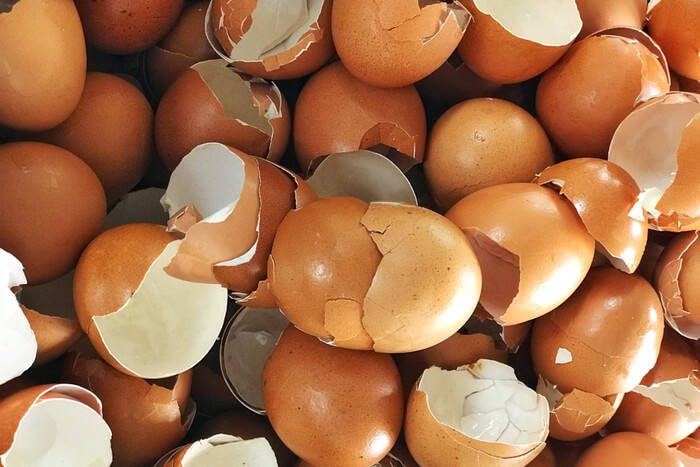
Biodiversity
Another important aspect of planting an ecological garden is biodiversity. This refers to the methods most organic and home gardeners use to keep their soil healthy.
- Rotating Crops – This prevents the soil in one garden bed from getting too worn out. If the same crops are planted in the same beds year after year, the soil will get depleted. This is bad, as the edibles that grow from the soil will not contain the vitamins and minerals we think we are getting from our food.
- Covering Crops – Covering your crops simply refers to taking care of them when they need it. The Stella Natura helps guide this process as well.
- Non-GMO Seedlings – GMO seedlings are usually unable to produce more seeds that will grow into a genetically similar adult plant. Instead, these seedlings are only good for producing food.
- Companion Planting – Companion planting refers to putting crops that do well together in the same bed. These plants draw off of each other and help each other stay strong and survive.
Seed Production
This is the main reason French Intensive gardeners do not use GMO seeds. A large part of biodynamic gardening is open pollination. This means farmers can pollinate each other’s plants as well as share seeds and make new, more environmentally friendly varieties.
If the seeds are GMO, chances are someone owns that seed patent and would not take kindly to anyone trying to gain pollination from it.
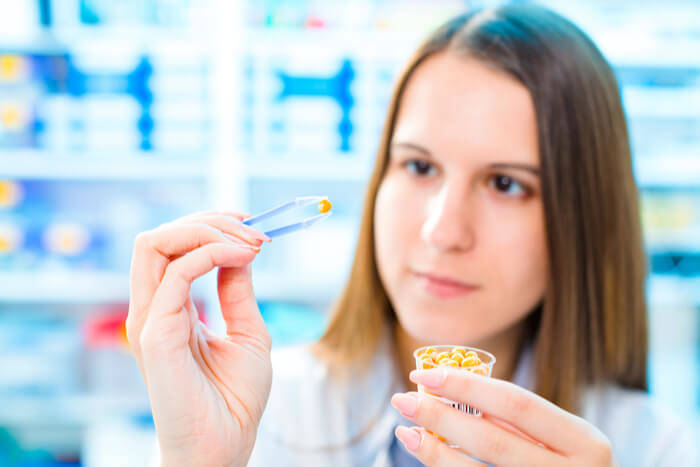
Weeds and Pests
French Intensive gardening rejects the use of fertilizer, pesticides, and non-organic compost. Instead, they keep on top of weeds and pests by using natural methods. Companion planting, rotating crops, covering crops, mulch, airflow, moisture, crop rotation, and timing all combine to create the perfect storm of non-harmful pest and weed control!
Design the Land
Followers of the biodynamic movement are told to design the land. This means creating a gardening space that works for you as well as the environment you are living in. Many times, gardeners decide to make raised beds. However, that is not always the case. It comes down to what is best for the ecosystem. If you have a small garden near the log cabin or other wooden building it can be a perfect place to try this type of gardening.
The Biodynamic Calendar
Here is the esoteric part. Those interested in the French Intensive will need to buy the biodynamic calendar. This is also referred to as the Stella Natura. This is a bit like the Farmer’s Almanac, except it covers the rhythms of the moon, sun, and stars.
In addition, the calendar covers zodiac signs and the constellations. What you do when also depends on what type of plant you are growing. The fruit, leaf, flower, or root of the plant you are taking care of also plays a large part.
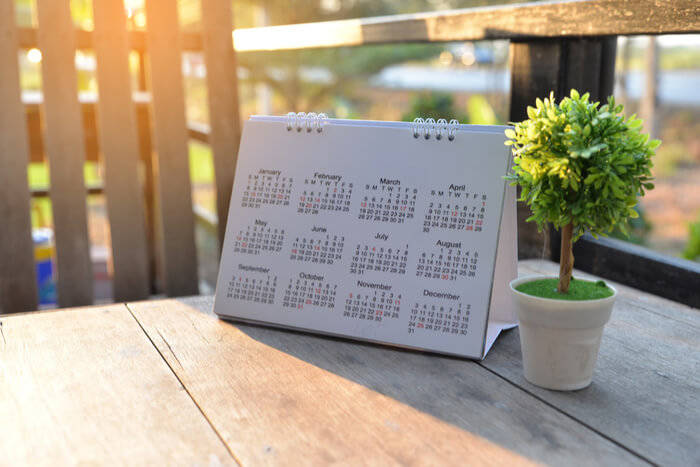
Not everyone buys into using astrological charts to plant, but if you are a biodynamic gardener you do. They are careful to plan all of the parts of gardening around this calendar, from the soil preparation to the date of harvest.
Biodynamic Preparations
Biodynamic preparations refer to the 2 ways to help prepare the soil and the 7 ways that aid in fertilization. The soil prep has to do with burying a cow’s horn. The first fills it with a humus mixture, and the second involves filling the horn with crushed powdered quartz.
The 7 other preparations help with fertilization. The process involves mixing medicinal herbs into the compost or putting them inside animal parts and burying them in the ground.
- Yarrow Blossoms stuffed in red deer bladder
- Chamomile put into a cow’s small intestine
- Stinging nettle blooms surrounded by peat
- Oak bark placed inside a domestic animal’s skull
- Dandelion flowers stuffed into a cow’s mesentery
- Valerian flower extract to be placed into the water
- Horsetail
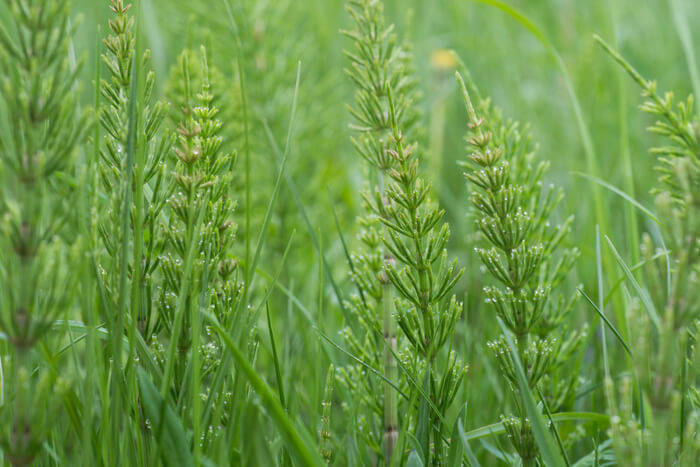
Garden Biodinamically
Even if you don’t want to bury animal parts or watch the stars, you can still benefit from gardening biodynamically. In fact, we encourage you to try it yourself. Or, at least adopt some of the tenants to create a more healthy ecological system and food selection in your garden.

